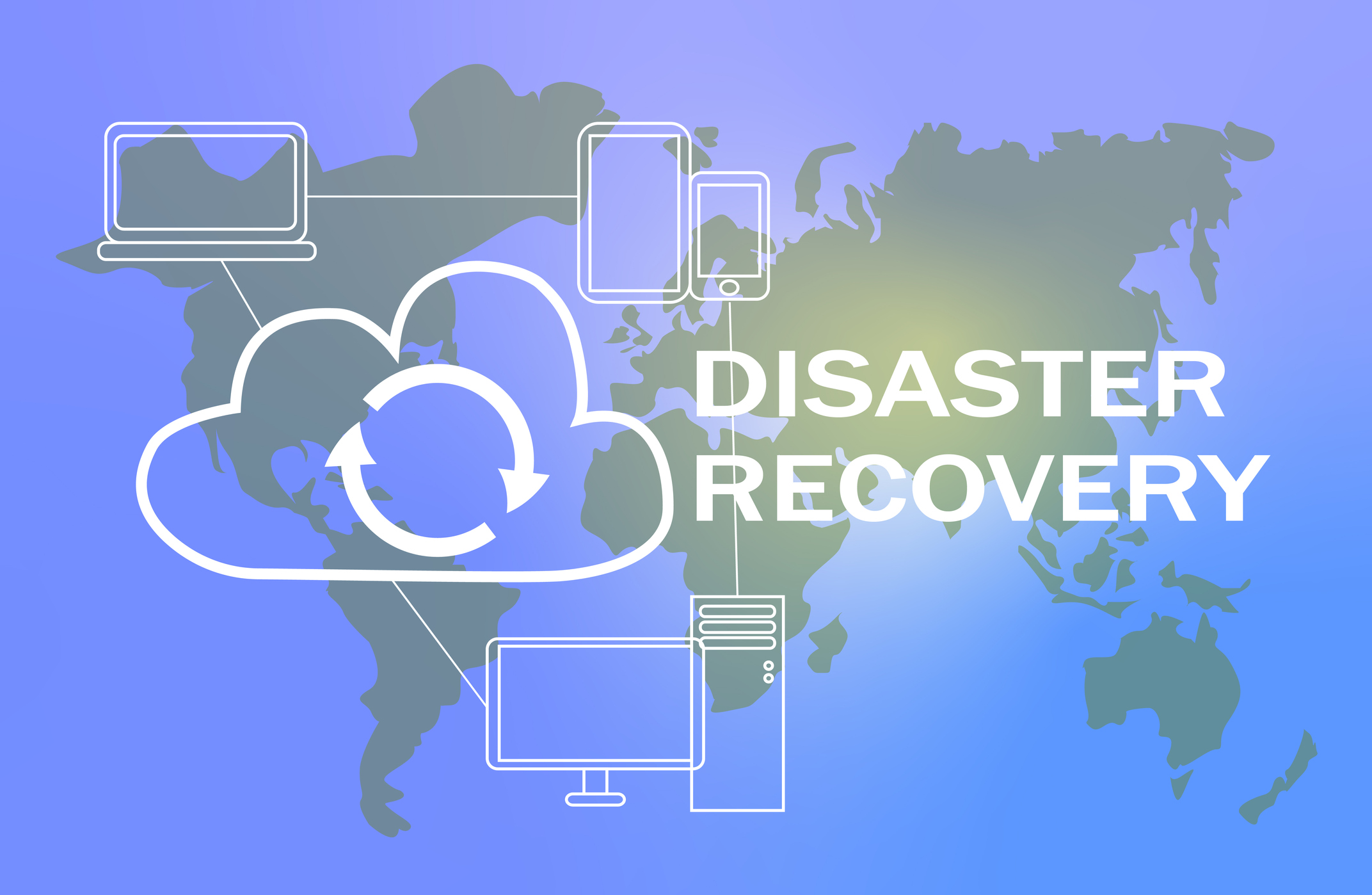Why Is Disaster Recovery Critical in the Modern Context?

"*" indicates required fields

According to a report by Varonis, 33% of organizational data is unprotected and at risk of breach or complete deletion. It is a worrying statistic considering how critical information is for organizations nowadays. Disaster recovery has been integral to strategic planning for years, especially since organizations are becoming technologically integrated.
The greater focus on disaster recovery stems from two primary reasons:
1. Increase in natural disaster damage
2. Increase in cyberattacks
The Climate crisis is a reality, and its environmental impact worsens daily. Similarly, technological development is incredible, but cybercriminals are no less impressive. They keep up with the advancements and design better and more invasive cyberattacks to achieve their goals.
These risks have been instrumental in the booming demand for disaster recovery. Data forecasts suggest that the global disaster recovery as a service (DRaaS) market will likely grow from $5.79 billion in2021 to $8.08 billion by the end of 2022. But what is disaster recovery, and why is it important?
Disaster recovery refers to policies and procedures to recover data, technological infrastructure, programs, etc. Disaster recovery plans apply to natural or human errors, allowing organizations to prevent information loss under most circumstances.
Disaster recovery isn’t instantaneous, but modern technology has made it more efficient by developing intelligent and automated incident reporting tools. The better prepared you are for the emergency, the quicker you’ll regain access to data.
Not all disasters are the same, and neither are the disaster recovery plans designed for them. Four primary categories of disaster recovery plans are based on the compromised area.
Cloud Disaster
Most cloud service providers allow businesses to leverage their data centers for backups and recovery. This means you can access all business information uploaded on the cloud through the vendor’s recovery site with the proper authorization.
A data center recovery plan requires setting up several physical and digital security layers where data centers are located. Modern data centers are typically massive and provide data storage and backup services to several clients.
Therefore, a disaster recovery plan for them will require aligning your measures with their security system. The better synchronized your plans are, the better the security.
Organizations use a central network for operations, departmental connections, and information access. The network disaster recovery plan’s role is to ensure network restoration within the specified timeframe to prevent operational delays and interruptions.
Virtualization recovery plans are relatively more sophisticated because they are comprehensive. They involve creating backups of your entire IT infrastructure on a cloud as a reserve. This strategy is complex and time-consuming but highly effective during a disaster.
The virtual backup allows your IT team to restore all operations without needing to repair the physical server. Therefore, the total downtime is significantly less, and you have the freedom to restore data to a different location.
This freedom is constructive if your main server sit is compromised due to a natural disaster or a cyberattack.
It is evident that disaster recovery is a necessary component in the modern era since IT infrastructure is essential for operations. However, the importance of disaster recovery goes beyond this benefit. Following are the primary advantages of having efficient and effective disaster recovery plans:
Data breaches are a significant hassle for the company for several reasons, including legal liability. Organizations often store sensitive personal information belonging to clients, employees, and other stakeholders. They have a responsibility to protect this information to prevent any harm to the people through unauthorized access.
Unfortunately, data can become heavily compromised without a disaster recovery system. DR is part of incident management, a role meant to minimize disaster damage. Data leaks can become a heavy legal liability for the company, so disaster recovery plans are an excellent deterrent.
The core purpose of disaster recovery plans is to restore data and infrastructure as quickly as possible. Timely recovery allows the business to resume operations, take necessary corrective measures and investigate the incident.
Operational delays are a huge risk and can lead to revenue loss and missed deadlines. Although there will always be a slight downtime, it will be far lower if you have no recovery plan.
Natural disasters or cyberattacks are stress-inducing for employees and can cause chaos without SOPs to direct corrective actions. DR plans are policies and SOPs that provide specific directions to manage the situation.
Intelligent systems go beyond this planning by using their automation to put specific actions into motion while waiting for the people in charge to become active. Hence, the plan’s presence prevents people from panicking and worsening the situation.
Disaster Recovery provides additional security and can help you avoid losing sensitive data in case of a breach. Specific DR plans have automated system programming to lock critical files to prevent cybercriminals from gaining access.
The enhanced security is beneficial and can buy time for the team to change passwords and close off access channels to restore protection.
Lastly, data breach scandals are disastrous for a company’s reputation. Losing people’s data causes the company to lose stakeholder trust, and it takes heavy campaigning and spending to remove the stigma.
Disaster recovery plans are advantageous in such situations as they minimize damage.
In short, disaster recovery plans are critical in the modern context because they offer efficient data and IT infrastructure restoration. They also minimize operational delays, protect against legal liabilities, and protect the organization’s image.
Percento Technologies offers some of the most advanced disaster recovery solutions to all our clients. Please contact us to learn more about our services or set up a meeting.